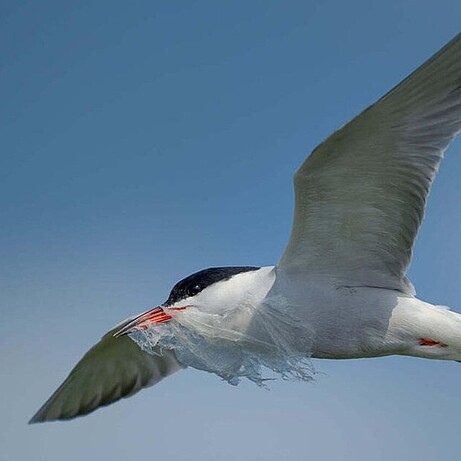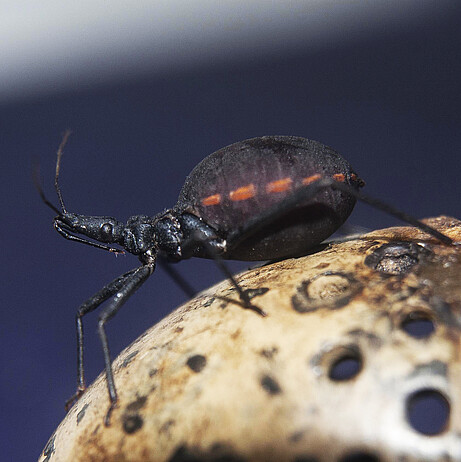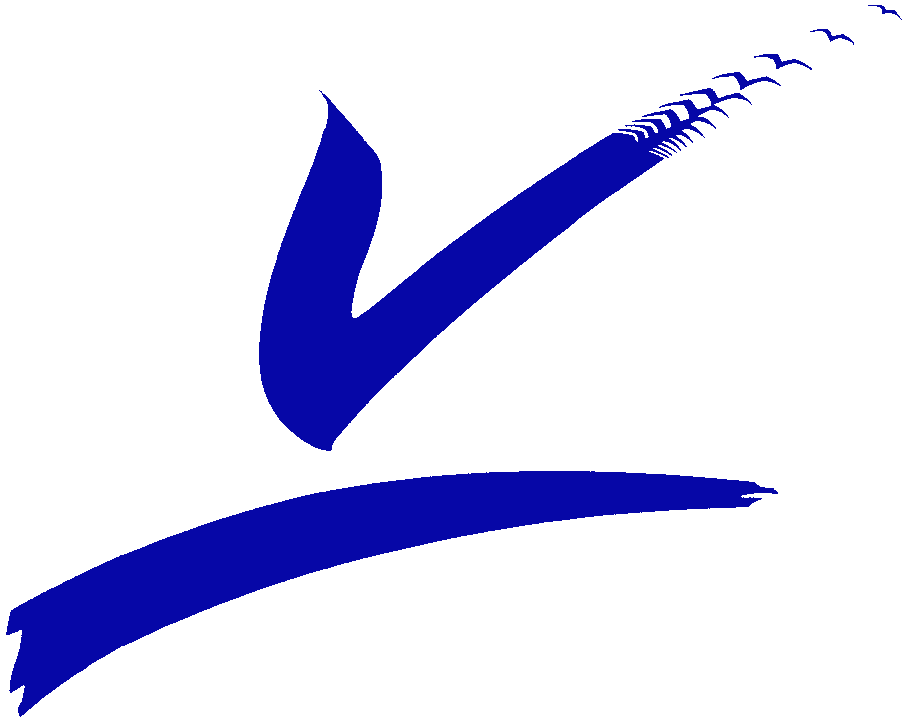

Causes and consequences of plastic pollution
The plastic industry began in 1920, and grew rapidly after 1950, with a large part of the produced plastic unfortunately ending up as waste. Oceans are strongly affected by this waste, as they act as a reservoir for plastic from terrestrial sources in addition to being polluted with plastic waste from fisheries. Uptake of plastic by marine wildlife, including seabirds, has been documented extensively, but the causes and consequences of variation in uptake are not yet well understood. We therefore will investigate the burden of meso-, micro-, and nanoplastic in different biological samples obtained from the Banter See common terns. Following our project on mercury pollution, we will collect blood samples from incubating birds using ‘kissing bugs’ specifically bred for this purpose (Becker et al. 2006), as well as feather samples from birds that were tracked with geolocators or that died of avian influenza, and samples of food items brought into the breeding colony. In addition, we will collect faecal samples, and, for birds that died of avian influenza or chicks that die of natural causes, organs. These samples will be analysed to quantify plastic pollution levels, in order to investigate effects of sex, age, migratory phenotype and phenology, as well as to study transfer across generations and potential effects on the physiology, reproductive performance and survival of the birds.
Picture of the common tern affected by plastic pollution by Johnny Stern. Thank you for sharing!
Publications
Becker PH, Voigt CC, Arnold JM, Nagel R (2006) A non-invasive technique to bleed incubating birds without trapping: a blood-sucking bug in a hollow egg. Journal of Ornithology 147: 115–118

